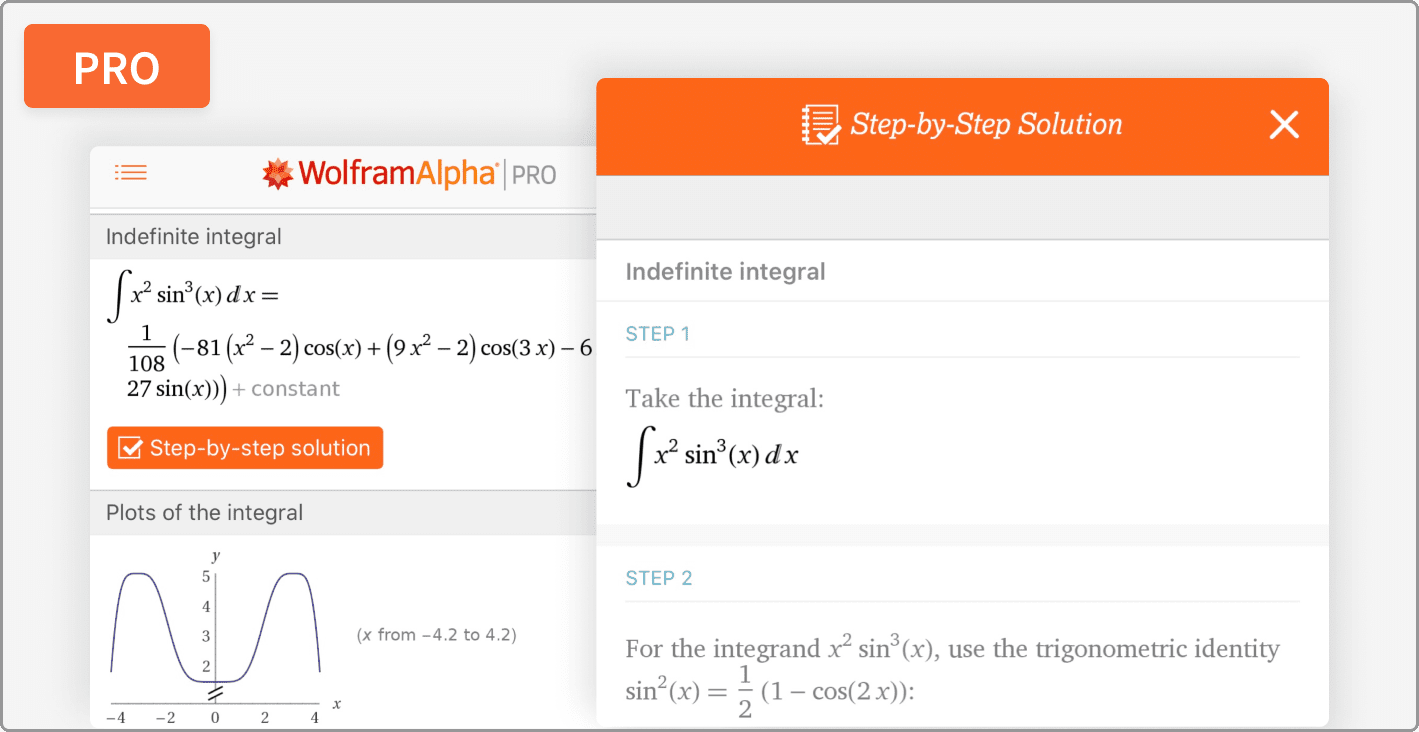In highly regulated sectors such as life sciences, healthcare, and manufacturing, documentation is not merely a sheet of paper or a requirement; it’s the bedrock for compliance, solidity, and operational efficiency. When organizations grow, not only does the volume of documents increase, but they become increasingly complex. This tends to result in a mix of siloed systems, standalone processes, and higher risk of regulatory non-compliance. To address these challenges, an increasing number of organizations are beginning to employ centralized, controlled document management systems as a strategic initiative.
Rather than manual processes of controlled document management, a centralized system allows documents to be authored, retained, reviewed, and published in a single secure and version-controlled repository. This method delivers higher compliance as well as higher efficiencies across the enterprise by connecting people with the correct documents in a controlled, pre-defined procedure.

Why Controlled Document Management is Important
Documents such as standard operating procedures (SOPs), work instructions, training documents, and regulatory submissions are essential to highly regulated companies with strict requirements. Failing to have appropriate control over such documents ensures high chances of expensive blunders, regulatory fines, and lost credibility.
Having the capability to centrally monitor, approve, and disseminate each iteration of a controlled document, and eliminate duplication of documents and reduce human oversight, enables organizations to reduce risk while improving operational speed, flexibility, and efficiency.
Centralized Controlled Document Management Features and Benefits
Enhanced Regulatory Compliance
For companies in pharmaceuticals, biotechnology, and medical devices, regulatory compliance is non-negotiable. For example, regulations such as FDA 21 CFR Part 11, ISO 9001 & GxP guidelines require stringent and thorough documentation practices.
This type of document management solution comes with built-in audit trails, electronic signatures, and automated review workflows. By employing a centralized controlled document management solution, you can be sure that your documentation is meeting regulatory compliance at an efficient pace with consistent results, while minimizing non-compliance instances and vanquishing your anxiety at the time of inspection or regulatory audit.
Better Version Control
One of the main limitations of decentralized document systems is version confusion. Many teams may have several outdated or conflicting versions of the same file, which, more than being an inconvenience, can be a huge problem in terms of compliance.
A centralized, controlled document management solution mitigates version confusion by allowing organizations to have shared access only to the latest approved version of a document. While the previous versions are still stored securely, they’re easily retrievable in case anyone wants to refer to them. This creates a consistent and accurate path to document your organization’s overall objectives.
Improved Collaboration Between Teams
Global companies operate at different sites and even time zones, which can complicate the management of documents for collaboration across teams and departments. A centralized platform can provide a single source that team members can access, edit, and view the documents they need from anywhere, without compromising its authenticity.
The role-based permissions allow only authorized people to collaborate in real-time, while any other person cannot contribute or modify the content of the document. This reduces approval times, decreases potential errors, and also prohibits outside forces from corrupting the file.
Operational Efficiency
Manual document management processes consume a lot of your time. The centralized control system automates work flows and any workflow so that they can be approved, read, and distributed quickly, improving efficiency and decreasing administrative weight and paperwork. In the life sciences sector, this gets them quicker through R&D, pre-commercialization, and commercialization stages.
Strong Data Security and Access Controls
Sensitive information, for example, clinical trial information or confidential recipes, requires the most stringent protection and security. Centralized controlled document management systems offer high levels of security such as encryption, multi-factor authentication, and role-based access controls.
The systems will restrict sensitive information to only suitable and authorized access while complying with data privacy regulations such as the GDPR and even HIPAA considerations.
Easier Audit Process
Regulatory audits may be stressful and difficult when the documents are stored on various platforms. Centralized document management solutions will keep your company audit-ready by giving complete visibility of every one of your documents, their life cycle, and visibility of how every file was created, reviewed, approved, and edited.
With easy reporting and tracking options, the organization can prove their compliance in minutes instead of days. This can help reduce downtime and avoid delays, which can be extremely costly.
Scalability for Growing Organizations
The success and scalability of a company are directly proportional to the number of its documents; in other words, when a company starts to grow and expand, document volumes grow with it exponentially. By selecting a centralized, controlled document management system that is managed properly, you can make room for scalability and a long-term digital transformation strategy without compromising on efficiency or regulatory compliance, even when the document requirements increase significantly.
Real-World Applications in Life Sciences
Life sciences organizations, in particular, benefit significantly by moving to a centralized, controlled document management system, which has also become a regulated requirement in many cases. Documentation is vital throughout every stage of the life sciences process, including research and development, clinical trials, and post-market surveillance. By moving to a centralized, controlled document management system, these companies can:
- Maintain consistent SOPs across multiple labs.
- Have faster submissions for regulatory approval.
- Provide quality assurance about critical components of trial documentation.
- Protect patient information and trial data.
Well-known platforms like Egnyte have designed platforms to meet the needs of organizations in the life sciences space. They offer collaborative, compliance-ready platforms that safely store sensitive and confidential documentation.
Dealing with Adoption Issues
There are countless advantages of a centralized, controlled document management system, but it also comes with its own set of challenges. The three common problems that organizations face are: cost of adoption, employee resistance, and migration of data from legacy systems.
To tackle these problems, here’s what companies can do:
- Select a vendor with industry experience as well as training
- Provide proper training for end-user adoption
- Rollout the system in phases to ensure seamless adaptability.
By making concerted efforts to counter these problems, institutions can get the best out of their investment and derive the advantages of document management.
Final Thoughts
Centralized controlled document management is not just a technological bonus for organizations. Instead, it establishes the very benchmark for compliance, collaboration, and effectiveness. By bringing together all document workflows within a governed and compliant system, organizations minimize risks while enhancing efficiency, productivity, and overall market responsiveness.








